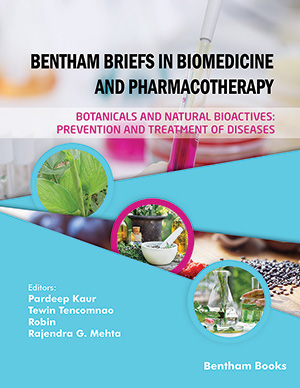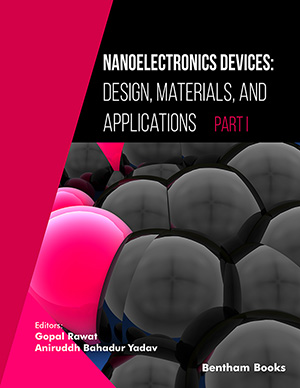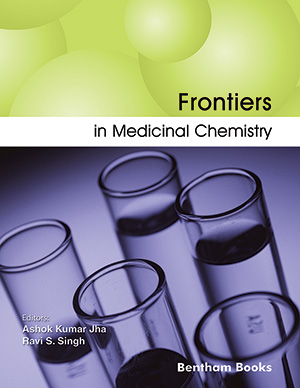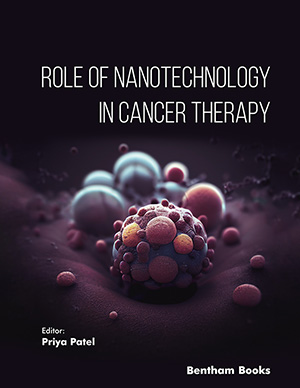Abstract
Introduction: Representations play an essential role in learning artificial and biological systems by producing informative structures associated with characteristic patterns in the sensory environment. In this work, we examined unsupervised latent representations of images of basic geometric shapes with neural network models of unsupervised generative self-learning.
Background: Unsupervised concept learning with generative neural network models.
Objective: Investigation of structure, geometry and topology in the latent representations of generative models that emerge as a result of unsupervised self-learning with minimization of generative error. Examine the capacity of generative models to abstract and generalize essential data characteristics, including the type of shape, size, contrast, position and orientation.
Methods: Generative neural network models, direct visualization, density clustering, and probing and scanning of latent positions and regions.
Results: Structural consistency of latent representations; geometrical and topological characteristics of latent representations examined and analysed with unsupervised methods. Development and verification of methods of unsupervised analysis of latent representations.
Conclusion: Generative models can be instrumental in producing informative compact representations of complex sensory data correlated with characteristic patterns.
Keywords: Unsupervised learning, representation learning, concept learning, artificial intelligence, clustering, sensory data.
[http://dx.doi.org/10.1162/neco.2006.18.7.1527] [PMID: 16764513]
[http://dx.doi.org/10.1016/j.patcog.2013.05.025]
[http://dx.doi.org/10.1561/2200000006]
[http://dx.doi.org/10.1561/2200000056]
[http://dx.doi.org/10.1109/MSP.2017.2765202]
[http://dx.doi.org/10.1016/j.neucom.2017.02.028]
[http://dx.doi.org/10.2991/ijcis.2018.25905178]
[http://dx.doi.org/10.1145/3097983.3098052]
[http://dx.doi.org/10.1109/ICDMW.2016.0041]
[http://dx.doi.org/10.1109/IJCNN.2015.7280525]
[http://dx.doi.org/10.1016/0004-3702(82)90040-6]
[http://dx.doi.org/10.1016/j.cobeha.2019.04.007]
[http://dx.doi.org/10.1016/j.neunet.2018.10.018] [PMID: 30496914]
[http://dx.doi.org/10.1016/S0004-3702(99)00052-1]
[http://dx.doi.org/10.3389/frobt.2020.00084] [PMID: 33501251]
[http://dx.doi.org/10.1038/s41467-020-14645-x] [PMID: 32054847]
[http://dx.doi.org/10.1016/j.neuron.2019.03.034] [PMID: 31023509]
[http://dx.doi.org/10.1109/MSP.2021.3134525] [PMID: 36186087]
[http://dx.doi.org/10.1016/j.tics.2005.03.005] [PMID: 15866152]
[http://dx.doi.org/10.1007/s00441-007-0393-7] [PMID: 17340150]
[http://dx.doi.org/10.17632/wzr2yv7r53.1]
[http://dx.doi.org/10.1002/0471722138]
[http://dx.doi.org/10.1109/TIT.1975.1055330]
[http://dx.doi.org/10.1016/0010-0285(73)90017-0]
[http://dx.doi.org/10.1016/j.concog.2016.05.009] [PMID: 27262691]
[http://dx.doi.org/10.1016/B978-0-12-396502-8.00022-X]






























